Cultural Tourism
GWANGYANG
Cultural Tourism
9 Tastes
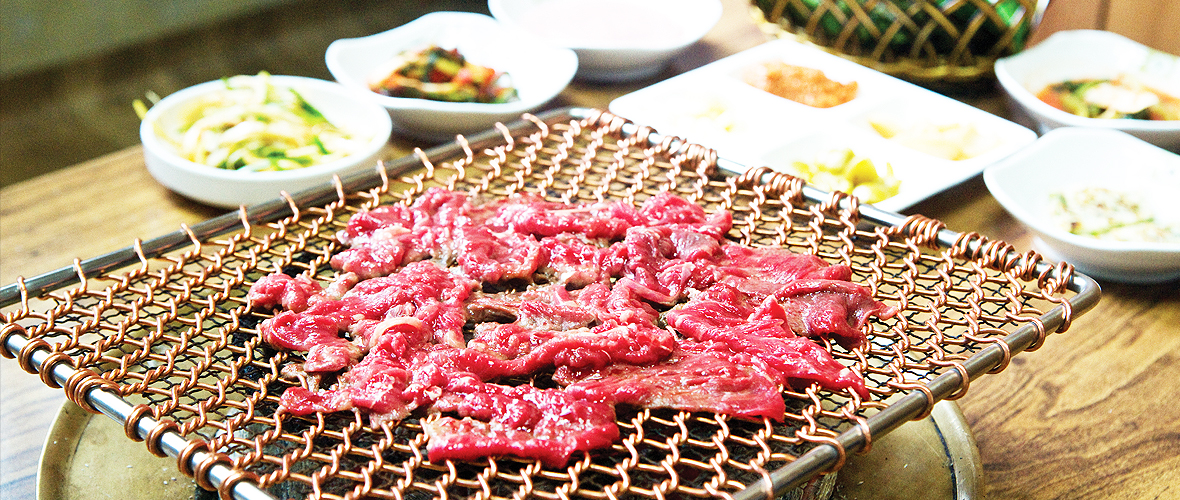
Gwangyang Sutbulgui is beef prepared over hardwood charcoals and copper grills. The secret of the famous taste lies in thinly minced meat along with unique secret sauce each family in Gwangyang boasts. Every October, the city hosts the Traditional Sutbulgui Festival with the backdrop of the gorgeous Seocheonbyeon Stream.
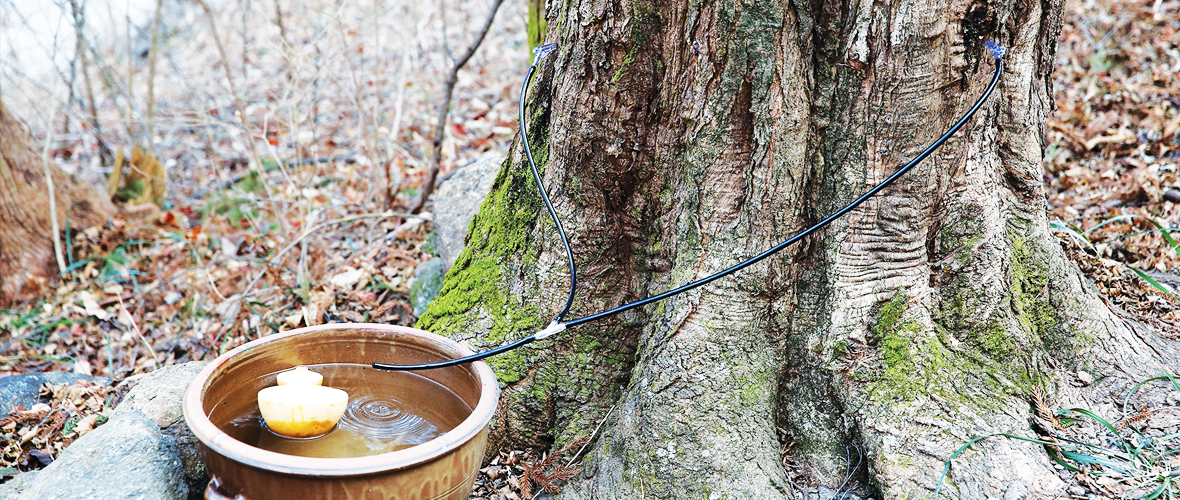
Gorosoe water is extracted from local painted maples and contains abundant minerals (including calcium, magnesium, potassium, manganese, and other minerals) that are known for releasing toxic materials from the body and for being effective in treating constipation, digestive disorders, neuralgia, preventing postpartum pains, and restoring vigor.
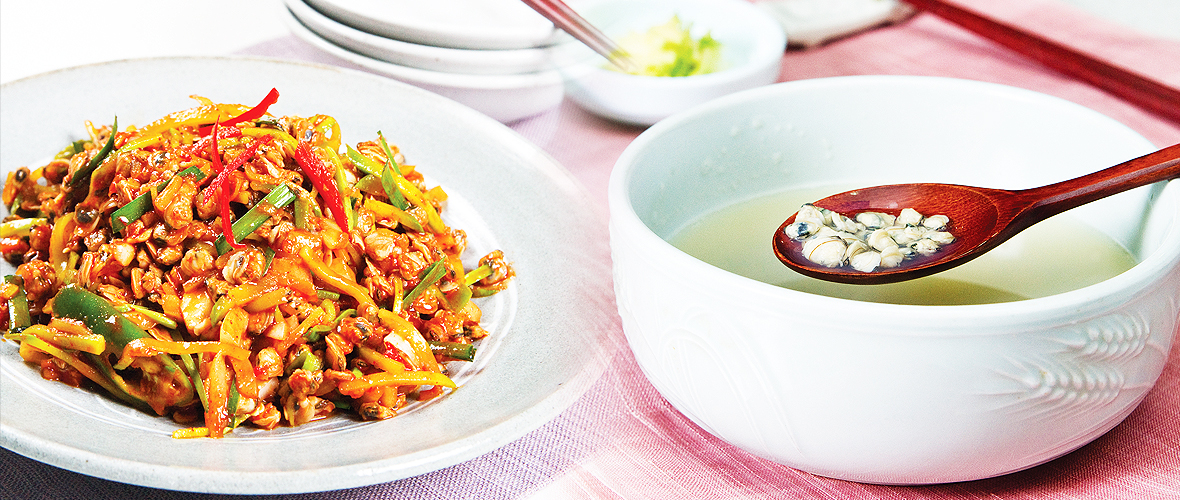
Corbicula is a freshwater clam residing downstream in the Seomjingang River, which is known for clean water in Korea. It is a healthy food known for being effective against jaundice, liver disease, and hangovers. Available along the river or Mangdeok Port, it is commonly served as raw sliced dish or a soup.
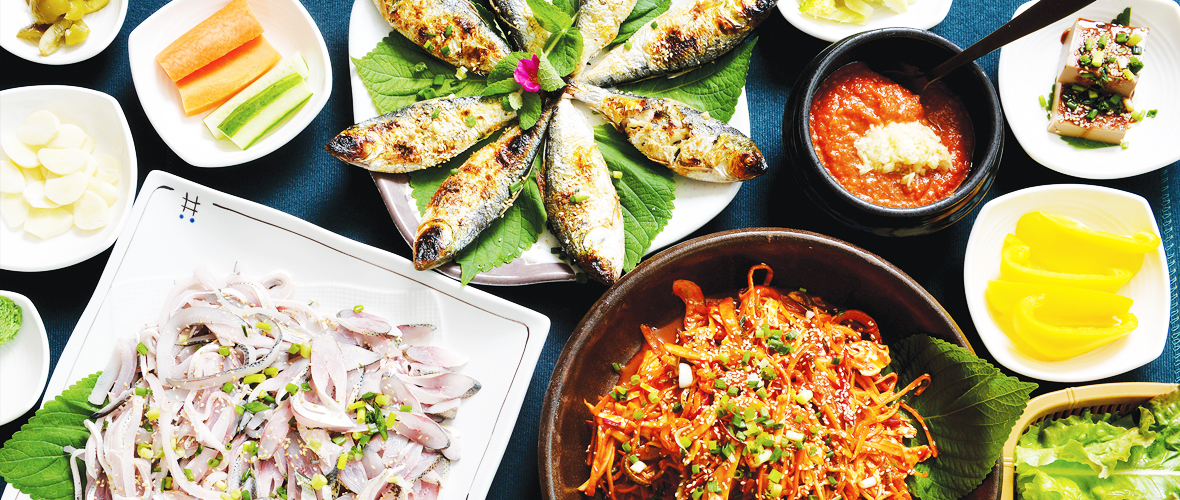
The old saying that a daughter-in-law running away from home comes back because of the smell of roasted gizzard shads illustrates the exceptional taste of the fish. Gizzard shads can be tasted best in fall. It can be served roasted, raw and sliced, or prepared with vegetables and other condiments. Located near Gwangyang Bay, Mangdeok Port is the home of gizzard shads in fall; the tasty smell of roasted gizzard shads certainly beckons numerous gastronomes.
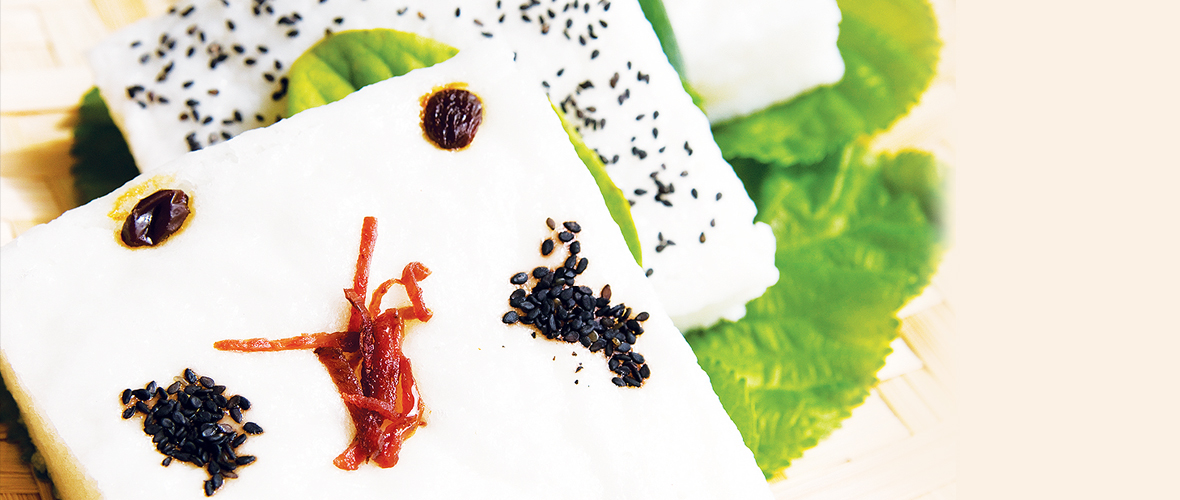
Gijeong is the local dialect of Jeungpyeon (steamed rice cake with yeast). Fermented based on rice and Makgeolli (rice wine), this rice cake popular in summer boasts soft textures and unique taste. During the fermentation process, an air layer is formed inside the cake, leading to a rich and sweet and sour taste with sticky texture.
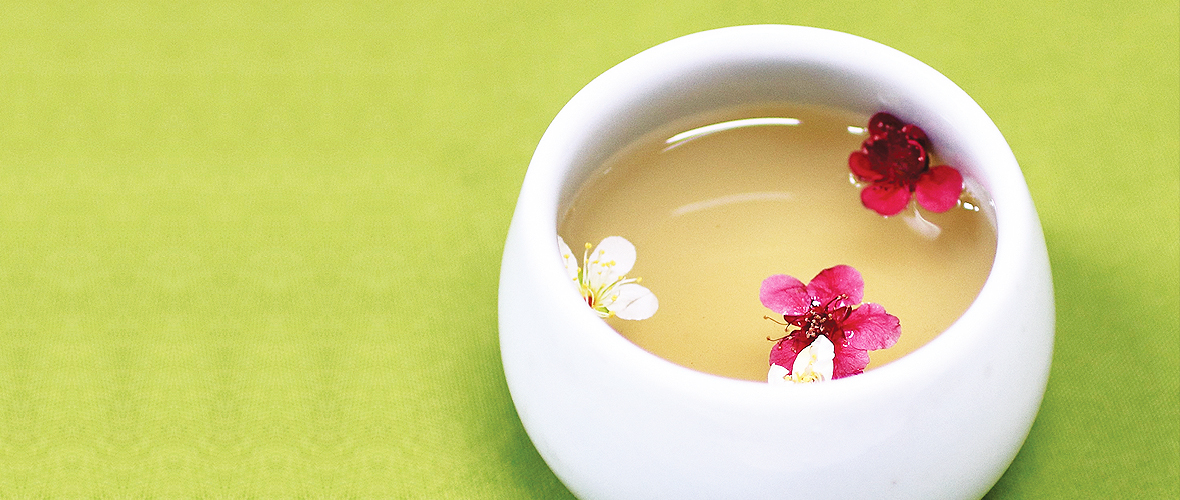
Exceptional amount of sunlight, pristine water from valleys of Baegunsan Mountain and the Seomjingang River, and soil with rich organisms provide an ideal environment to grow tasty plums. Along with the natural environment, know-how built on rich experiences produces tasty plums with a rich smell and high volume of calcium and citric acids.
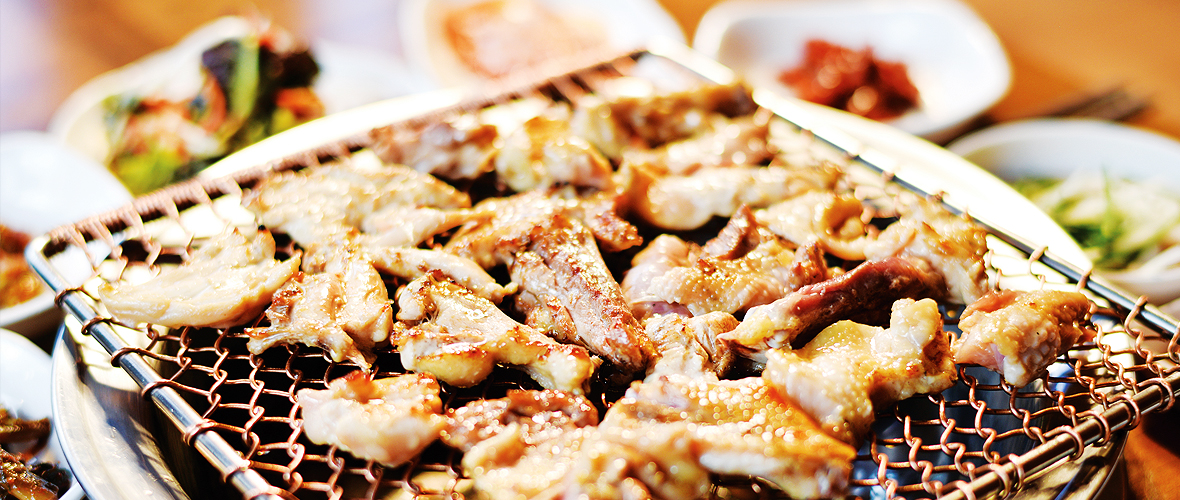
Prepared chicken is grilled on hardwood charcoals. Its unique, yet not-so-spicy taste makes it a popular dish among children. Restaurants dotted along four valleys of Baegunsan Mountain offer their own tasty Daksutbulgui and attract numerous visitors.
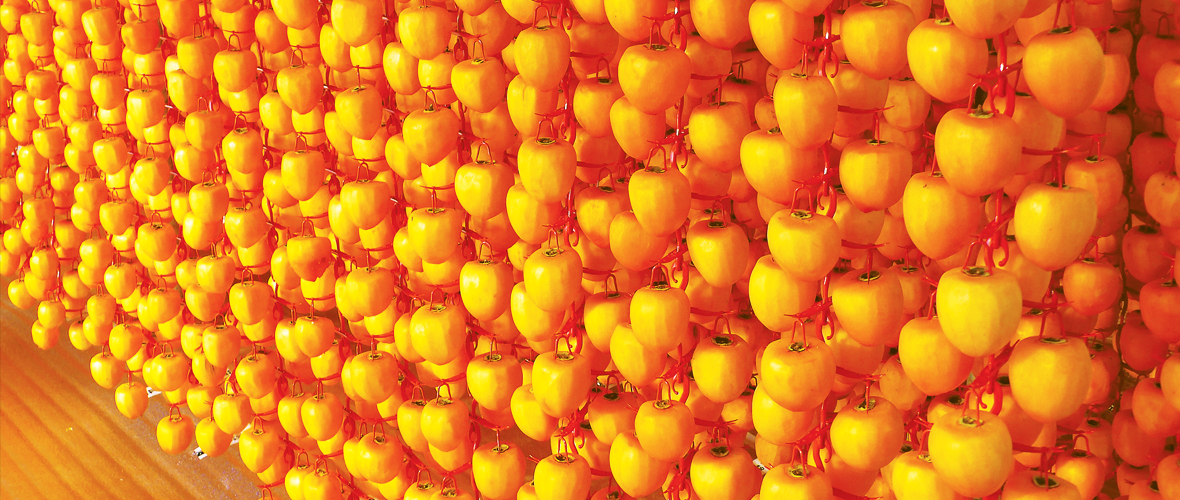
Dried persimmon is based on Milsi Persimmon and Daebong Persimmon produced on Baegunsan Mountain. The latter are dried in the clean air and rich sunlight of the mountain’s valleys. This colorful persimmon also boasts an exceptionally sweet taste and soft texture, making it a popular gift among Koreans.
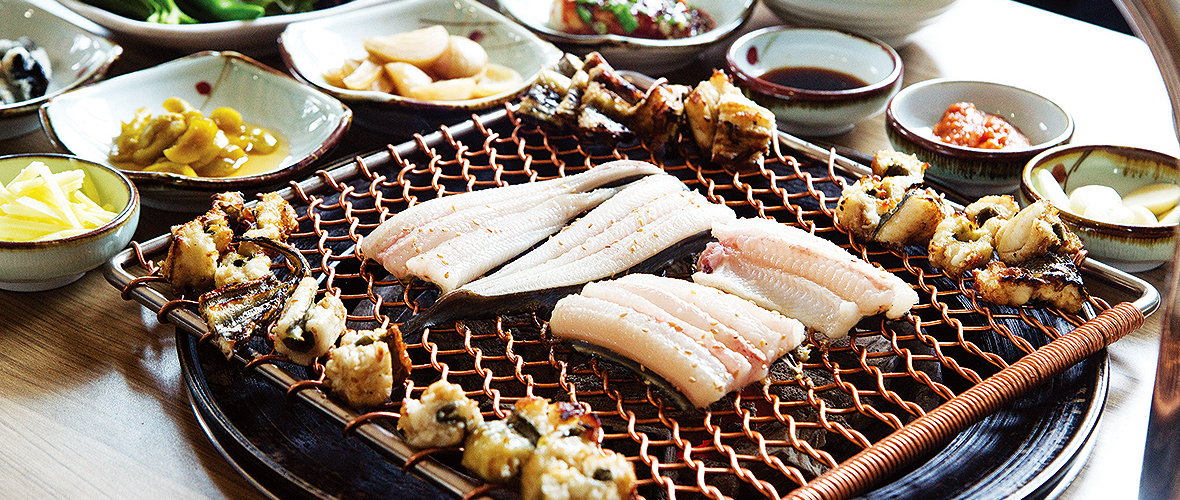
Gwangyang Bay, the confluence of the Seomjingang River and Namhae, is known for sea eels also called Anago. Containing a rich amount of protein and unsaturated fatty acids, it is effective for preventing high blood pressure and adult diseases as well as for improving body constitution and restoring vigor.